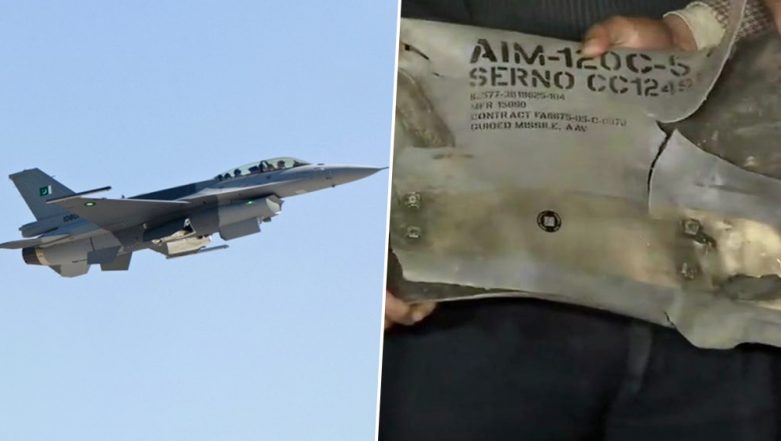SOURCE: AFI


The Indian Air Force’s (IAF) ability to evade AIM-120C AMRAAM missiles fired by Pakistani F-16s during past conflicts can be attributed, in part, to their familiarity with the aircraft. This knowledge comes from various avenues of military cooperation.
The Republic of Singapore Air Force (RSAF) regularly participates in Joint Military Training (JMT) exercises with the IAF at Air Force Station Kalaikunda. These exercises see the RSAF deploy F-16s, providing the IAF pilots with valuable exposure to the aircraft’s capabilities and potential tactics.
Further enhancing this understanding is India’s past training with Israel. IAF pilots have had the opportunity to train on F-16I “Soufa” variants used by the Israeli Air Force. Additionally, Indian instructors deployed to Israeli F-16 squadrons gained firsthand knowledge of the aircraft’s operation and potential weaknesses.
The 2019 incident where a PAF F-16 MLU-20 launched multiple AMRAAMs at a Sukhoi-30MKI serves as a real-world example. While the Su-30MKI’s R-77 missiles may not have had sufficient range for a counterattack, the IAF pilots’ tactics proved successful in evading the AMRAAMs.
It’s important to note that familiarity with the F-16 is just one piece of the puzzle. Developing and employing effective defensive maneuvers, electronic countermeasures, and pilot training are all crucial elements in evading missile threats.
As aerial technology evolves, so too must the IAF’s tactics. Continued exercises with F-16-equipped air forces and ongoing training will ensure Indian pilots remain prepared to face any potential adversary.
IAF’s success against F-16s stems from a combination of factors. Training with F-16-operating air forces, past experience with Israeli F-16s, and a focus on developing effective defensive tactics all contribute to the IAF’s edge in aerial combat.